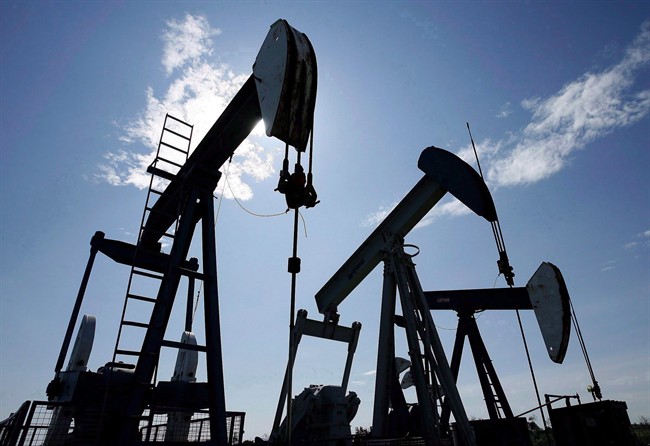Alberta’s monthly unemployment rate climbed to its highest level in nearly 22 years in July, marking the first time the province has had a worse jobless rate than Nova Scotia, Statistics Canada said Friday.

The federal agency reported that Alberta’s rate rose to 8.6 per cent last month — the highest since September 1994 — from 7.9 per cent in June.
READ MORE: Canada loses over 31,000 jobs in July
That’s above the 8.4 per cent July unemployment rate in Nova Scotia, the first time Alberta has had a higher rate since Statistics Canada started collecting the data in 1976.
“Obviously, Nova Scotia’s unemployment rate has improved in recent years,” said BMO chief economist Doug Porter. “This isn’t entirely a bad news story, but it’s largely a bad news story because of the upswing in Alberta.”
READ MORE: Which province lost the most jobs in July?
He added the unemployment picture in Alberta may even be worse than known. Due to the ongoing fallout from the Fort McMurray wildfires in May that led to the evacuation of 90,000 residents, Statistics Canada said it was unable to conduct its labour force survey there in May, June and July, and had to estimate values based on nearby regions.
READ MORE: Economic recovery from Fort McMurray wildfire hard to read: Poloz
In Calgary, the oil and gas capital of Canada, the unemployment rate of 8.6 per cent was the worst among 33 Canadian metropolitan areas surveyed. Edmonton’s unemployment rate of 7.7 per cent was the sixth highest.
Alberta has lost 49,000 jobs compared to July 2015, when the jobless rate was 6.2 per cent, Statistics Canada found.
“It really still just has to do with the energy sector (and) the recession we’re in still grinding on,” said Calgary-based economist Todd Hirsch of ATB Financial.
“We saw those oil prices, they tried to claw their way back up above $50 early in the summer, but that’s all kind of unwound itself now. So my guess is we’re going to be in for a few more months here of rising unemployment.”
He added that although Alberta shed jobs for the fourth consecutive month, the increase in the unemployment rate was really caused by 17,600 more people entering the jobs market — and he said displaced Fort McMurray residents looking for work in Edmonton or Calgary may have been partly responsible for that.
READ MORE: Alberta’s unemployment rate hits levels not seen since 1990s
Watch below: On June 10, 2016, Statistics Canada released numbers showing Alberta lost more than 20,000 jobs for the second month in a row. The numbers paint a bleak picture of the provincial economy, especially for those looking for work. But with the price of oil slowly gaining, some are starting to see signs of a turnaround. Sarah Kraus has more.

Statistics Canada reported the province lost 10,600 full-time jobs and gained 9,100 part-time jobs in July compared with June.
Despite the early summer oil price rally, the Petroleum Services Association of Canada said last week it would not change its forecast for about 1,900 oil and gas wells to be drilled in Alberta this year, down from more than 2,800 last year.
“The entire sector is suffering and the trickle-down effects are rippling out to other areas of the economy which are feeling the pinch, too,” said PSAC CEO Mark Salkeld in a statement.
“The number of petroleum services companies that have, or are in danger of, closing their doors forever is growing and the thousands of workers who lost their jobs are looking at every industry, every opportunity to find work.”
A TD Bank report released last month estimates Alberta’s economy will contract by 6.5 per cent over 2015 and 2016, making the economic downturn deeper than any going back to the early 1980s.
— With files from Andy Blatchford

Comments